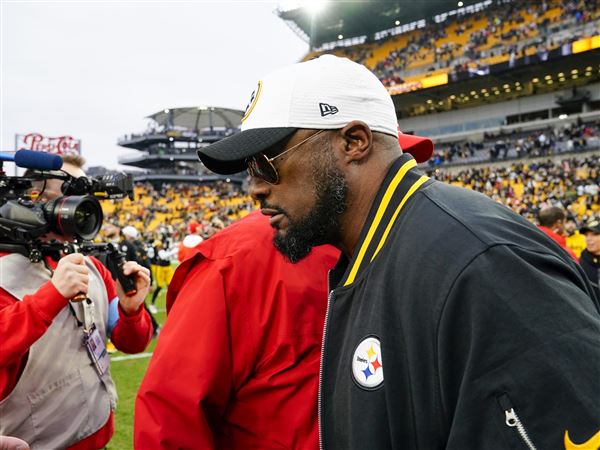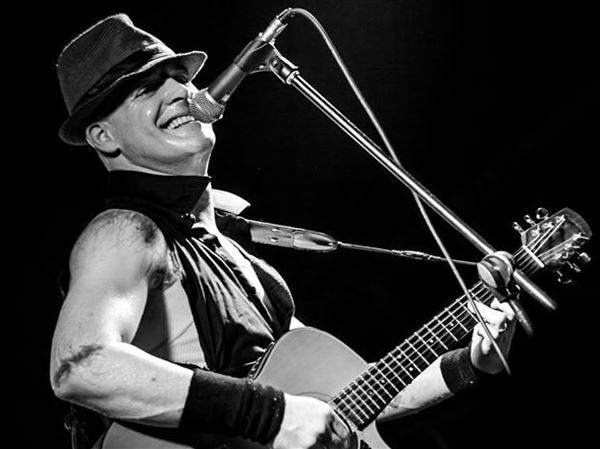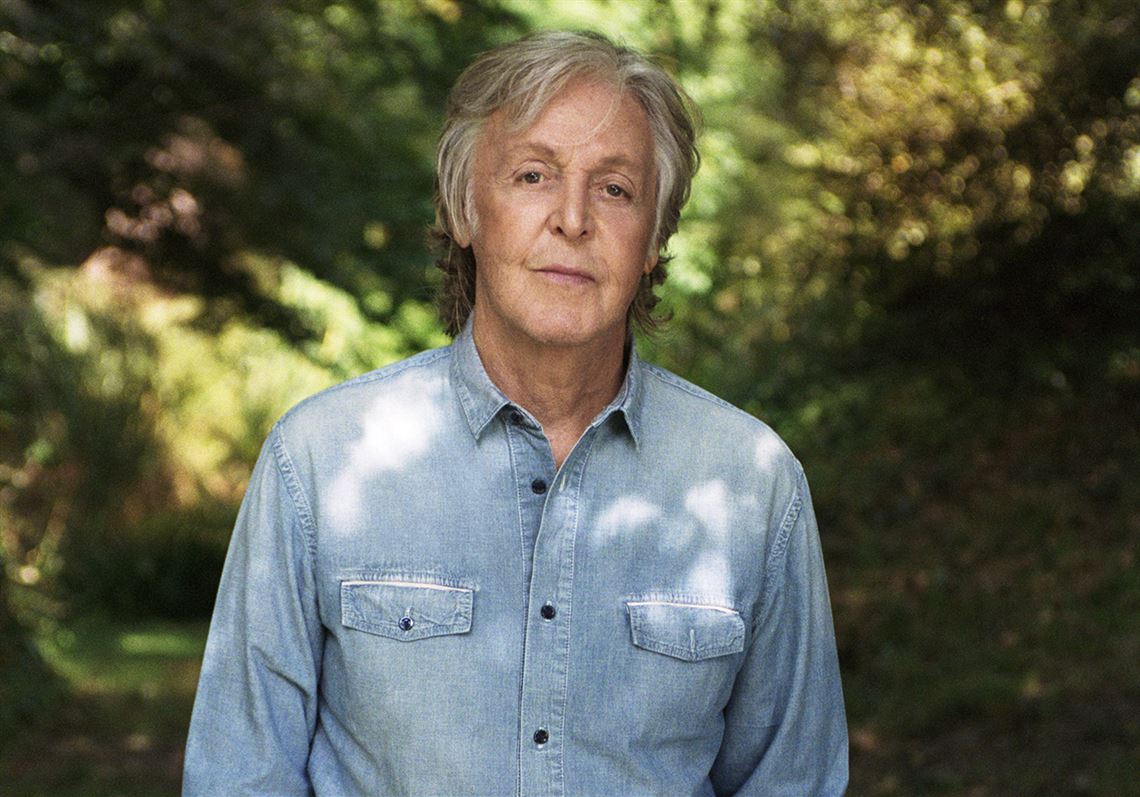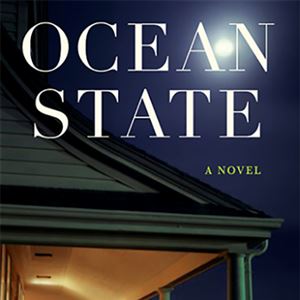“I’m actually quite a fan of ‘ordinary,’” writes Paul McCartney in “The Lyrics.” “I hope in many ways it defines me, and so also many of the songs I’ve written.”
Liveright ($100)
Such observations are among the great delights of this two-volume set of books in which McCartney defines his own artistic legacy, embracing both his role as a likable everyman as well as an expectation-defying, literary-minded artist. McCartney comes off as charmingly self-aware and rightfully unapologetic about his impressive body of songs, which can vary from plain-spoken to surreal, poetic to perverse. No surprise then, that McCartney amends the above statement with, “Don’t get me wrong; I like extraordinary people and things, but if people can be great and ordinary at the same time, that to me is kind of special.” And there he is, in a nutshell.
Sadly, fans of the Beatles, Wings and McCartney’s solo projects could easily miss the many pleasures of “The Lyrics” by mistaking it for a mere coffee table collection of the words to a few hundred Macca songs. That is certainly an important element of the book, Macca’s lyrics holding up to fresh readings on the page sans musical accompaniment. As well, the collection features handwritten drafts of songs, an array of candid and artist photos and bits of career ephemera. The visual presentation of the set is never less than impressive.
But what makes “The Lyrics” a must-read for McCartney acolytes are the essays that accompany each song entry. Over five years, McCartney met with Irish poet Paul Muldoon 24 times for wide-ranging conversations about the musician’s work. These sessions were recorded and transcribed, with Muldoon ultimately editing them for focus and clarity and to include only McCartney’s commentary. Thus, Macca’s voice, equal parts playful and earnest, comes vividly to mind while reading.
The unexpected benefit of the essays springing from open talk is that a great deal of autobiography emerges. Because the songs being discussed are arranged alphabetically, the life events are not covered chronologically. That hardly makes them any less compelling, though, as McCartney explores with particular depth the impact of his mother’s death when he was 14, the great influence of his father and extended family, his friendship and writing partnership with John Lennon, and the idyllic time spent on his Scottish farm in the early years of his marriage to Linda Eastman McCartney.
This not being a “proper” memoir, there are frustrating gaps. Fellow Beatles George Harrison and Ringo Starr are mentioned but rarely talked about in any depth, and few post-Fabs bandmates even get footnoted. McCartney’s life beyond his songs from the mid-1980s through the early 2000s goes largely unexplored. His second marriage, to Heather Mills, never receives a mention, perhaps due to post-divorce legal arrangements. That, especially, is a shame, as it also keeps some of McCartney’s wonderful love songs of that era, like “Your Loving Flame” and “About You” from appearing in the book. As well, again perhaps out of a desire for privacy, a portrait of McCartney as father to his kids beyond their toddler years also fails to emerge.
Such omissions are all the more understandable, however, in light of McCartney’s comments about celebrity that accompany the lyrics to “The World Tonight.” Rather than coming off like the typical self-pitying superstar, McCartney offers a clear-eyed and nuanced consideration of the perils of friends and family looking for financial benefit and paparazzi awaiting any public appearance. While finding such intrusions “annoying,” McCartney has reached a sort of peace with them, ultimately deciding they “represent a part of the world [he] just [doesn’t] want to know.”
Fans who want to take a deeper look at McCartney’s writing process and songcraft will likely take the greatest pleasure in what “The Lyrics” offers. McCartney shares too many gems to summarize them all, but especially noteworthy are his takes on a philosophy of simplicity, the recording studio as chemistry lab, the worthiness of composing uplifting work of hopefulness and how in writing songs “you can be your own psychiatrist.” Amateur songwriters will also be heartened to learn that, even for a great craftsman, music is sometimes simply “something magical” to McCartney. “The cosmos wants you to put these words down because they will explain something to someone,” he notes. “Starting with yourself.”
What a remarkable gift to find that McCartney has just as much beauty, joy and insight to share through his prose as he does with his music.
John Young teaches seventh grade language arts and plays in the rock band The Optimists.
“PAUL McCARTNEY: THE LYRICS” QUIZ
By John Young
While Paul McCartney shares a few well-worn stories in “The Lyrics,” he also reveals many surprising opinions and interesting bits of trivia. See how well you score on this quiz about Macca’s artistic life as shared through his book.
1. If forced to choose one favorite song from his catalog, which would McCartney pick?
A) “Yesterday”
B) “Here, There and Everywhere”
C) “Maybe I’m Amazed”
D) “Silly Love Songs”
2. What does McCartney single out as “one of my favourites of all the lines I’ve ever written?”
A) “You took your lucky break and broke it in two” (“Too Many People”)
B) “I go back so far I’m in front of me” (“The World Tonight”)
C) “When was that summer of a dozen words?” (“You Tell Me”)
D) “Long live all of us crazy soldiers who were born under calico skies” (“Calico Skies”)
3. Of the many covers of his song “Yesterday,” whose version does McCartney mention as a “particular favourite?”
A) Smokey Robinson
B) The Supremes
C) Marvin Gaye
D) Stevie Wonder
4. What two noted writers both told McCartney they liked his song “Eleanor Rigby?”
A) Maya Angelou and Lawrence Ferlinghetti
B) Jack Kerouac and Amiri Baraka
C) Lucien Carr and Patti Smith
D) Allen Ginsberg and William Burroughs
5. When McCartney wrote “The Long and Winding Road,” he imagined it being recorded by what artist?
A) Aretha Franklin
B) Ray Charles
C) Nat “King” Cole
D) Frank Sinatra
6. “Jet” is a McCartney song title as well as the name of what pet purchased for his daughters?
A) An English sheepdog
B) A Siamese cat
C) A Shetland pony
D) An Aberdeen Angus cow
7. The 1973 song “Helen Wheels” celebrates what vehicle McCartney still owns and drives?
A) A Land Rover
B) An International Harvester Scout
C) A Jeep
D) A Chevy Blazer
8. What actor challenged McCartney to write a song based on what Time magazine reported were Picasso’s last words?
A) Warren Beatty
B) Dustin Hoffman
C) Richard Harris
D) Sean Connery
9. What abstract expressionist inspired McCartney to start painting after a meeting at the artist’s studio?
A) Helen Frankenthaler
B) Mark Rothko
C) Lee Krasner
D) Willem deKooning
10. What film did Andy Warhol screen for McCartney during a mid-1960s visit to Macca’s North London home?
A) “Empire”
B) “Sleep”
C) “Kiss”
D) “Couch”
11. Which of his songs he views as a “concert opener” is McCartney now “a little bit embarrassed by?”
A) “A Hard Day’s Night”
B) “Magical Mystery Tour”
C) “Venus and Mars/Rock Show”
D) “Live and Let Die”
12. McCartney was moved when which two musicians took the time to write him letters to tell him they liked his 2007 song “You Tell Me?”
A) Peter Gabriel and Keith Richards
B) Kate Bush and Mary Hopkin
C) Pete Townshend and Annie Lennox
D) David Gilmour and Paul Weller
ANSWER KEY:
1. B 2. B 3. C 4. D 5. B 6. C 7. A 8. B 9. D 10. A 11. C 12. D
First Published: March 10, 2022, 12:00 p.m.














